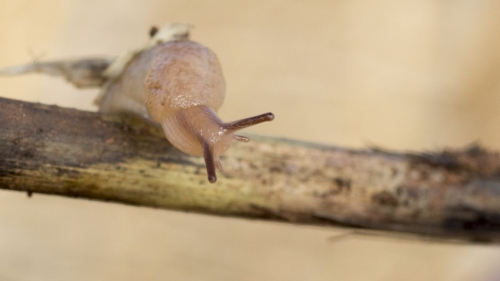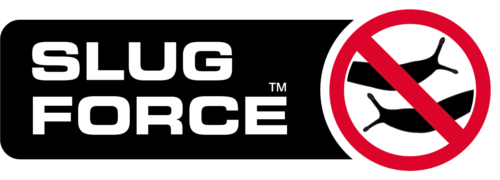Pellet quality a key factor in effective slug control


Metaldehyde has represented a significant share of the slug pellet market for many years but will be withdrawn for all outdoor uses in June 2020 due to its perceived threat to wildlife.
Once banned, it will leave ferric phosphate as the sole molluscicide on the market and many growers will have limited or no experience using the active ingredient.
It works in a different way to metaldehyde. Slugs ingest the active ingredient, which quickly causes them to stop feeding and they retreat under the soil surface to die.
This has led to some scepticism about its efficacy, as unlike after applications of metaldehyde, dead slugs can’t be seen on the soil surface.
Equal efficacy
However, Newcastle University slug expert Gordon Port says studies have shown the two actives to be equally as effective and instead, the more important aspect of bait choice is formulation quality.
Slug behaviour monitoring at Newcastle demonstrates that the pest never veers off towards a food source, having to bump into pellet baits when moving across the soil surface.
These observations counter claims by some manufacturers that including slug “attractants” in pellets can draw the pest to the bait.
“The trick with molluscicide baits is to have something that the slug enjoys eating,” says Dr Port.
Quality ingredients
As seen with the vast range of metaldehyde products on the market, not all are equal and poorer formulations are made from whole feed wheat grist and suffer from uneven size, breakage and poor spreadability.
Durability is also an issue, with cheaper products tending to break down and go mouldy much faster in wet conditions – the time when a crop is most at risk.
Similar variation is seen across the current range of ferric phosphate-based pellets and Certis technical manager Laurence Power says choosing premium products like Sluxx HP can help negate these problems.
Using patented Ferric Field Technology, Sluxx HP pellets are made of pasta dough from 100% durum wheat flour, food grade ferric phosphate, a food grade anti-mould agent and patented stabiliser.
“It is really important to make sure the pellet is high quality, robust and stays mould free for a period of time, increasing the chances of a slug bumping into the bait and consuming it all.
“If a slug comes across a mouldy slug pellet, it is not going to eat it – it will reject it and your crop is then at risk,” explains Mr Power.
Bait points
Growers can increase the chances of successfully controlling slugs with a higher number of bait points/m2 and formulation also has an influence in this area.
Some products provide fewer baiting points at the recommended label rate, so should be used with caution, says Mr Power.
“Sluxx HP delivers 60 bait points/m2 at 7kg/ha, compared to just 43 when using a leading competitor and is something growers should consider when ordering ferric phosphate pellets.”
Find out more about slug control from Certis SlugForce